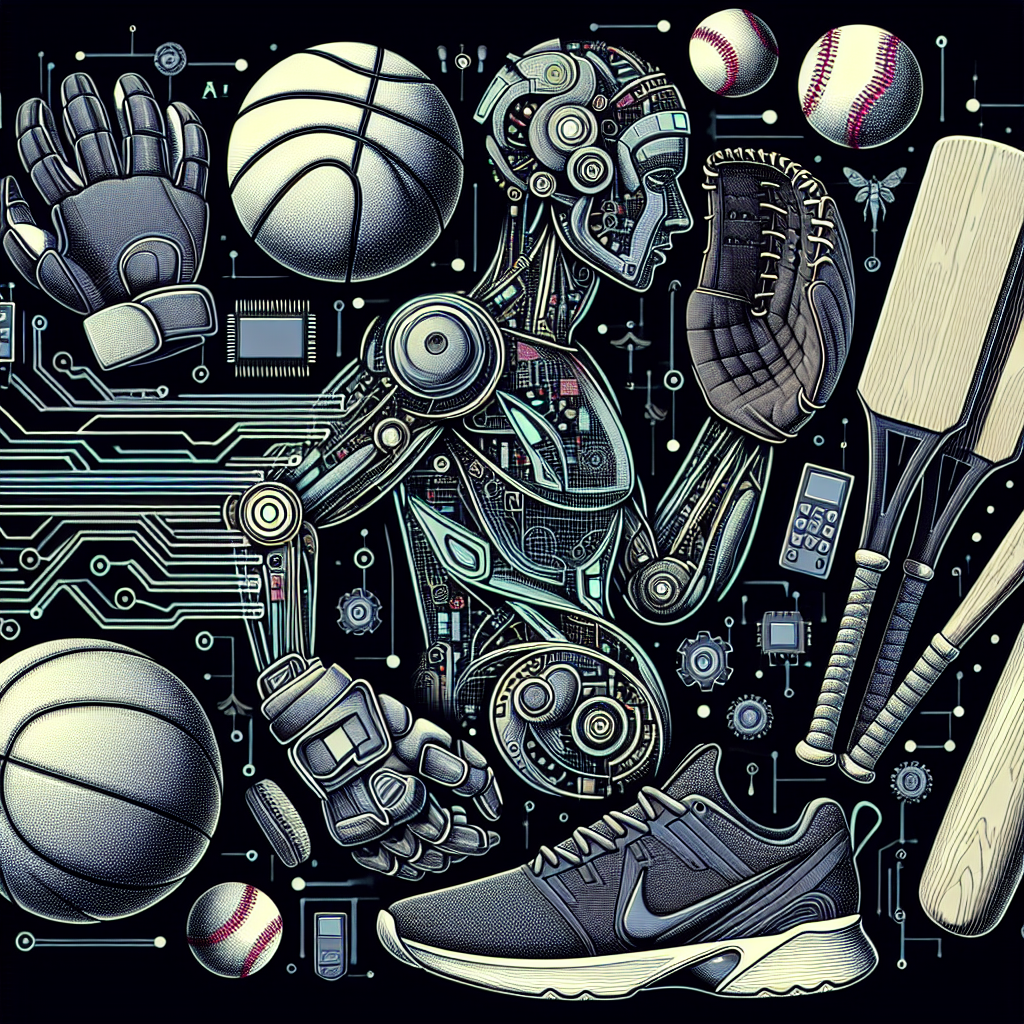The Integration of AI in Sports Equipment Design
In recent years, artificial intelligence (AI) has been rapidly integrated into various industries, revolutionizing the way we work, communicate, and even play sports. One area where AI has been making a significant impact is in sports equipment design. From tennis rackets to basketball shoes, AI is being used to enhance the performance, comfort, and safety of athletic gear.
AI in sports equipment design involves the use of algorithms and machine learning techniques to analyze data and create innovative designs that optimize performance. By leveraging AI, designers can develop products that are tailored to the specific needs of athletes, resulting in equipment that improves performance and reduces the risk of injury.
One of the key benefits of using AI in sports equipment design is the ability to gather and analyze vast amounts of data to identify patterns and trends that can inform the design process. For example, AI can be used to analyze the movements and biomechanics of athletes to understand how they interact with equipment and identify areas for improvement. This data-driven approach allows designers to create products that are optimized for the unique needs and preferences of individual athletes.
In addition to improving performance, AI is also being used to enhance the comfort and safety of sports equipment. By analyzing data on factors such as impact forces and pressure points, designers can create products that provide better support, cushioning, and stability, reducing the risk of injury during play.
Another way AI is being integrated into sports equipment design is through the use of 3D printing technology. By combining AI algorithms with 3D printing capabilities, designers can create custom-fit products that are tailored to the precise measurements and specifications of individual athletes. This level of customization allows for a more comfortable and efficient fit, resulting in improved performance and reduced risk of injury.
Overall, the integration of AI in sports equipment design is transforming the way athletes train and compete. By harnessing the power of data and technology, designers are able to create products that are more advanced, comfortable, and safe than ever before. As AI continues to evolve, we can expect to see even more innovative and cutting-edge sports equipment designs in the future.
FAQs
Q: How is AI used in sports equipment design?
A: AI is used in sports equipment design to analyze data and create innovative designs that optimize performance, comfort, and safety. By leveraging algorithms and machine learning techniques, designers can develop products that are tailored to the specific needs of athletes, resulting in equipment that improves performance and reduces the risk of injury.
Q: What are the benefits of using AI in sports equipment design?
A: One of the key benefits of using AI in sports equipment design is the ability to gather and analyze vast amounts of data to identify patterns and trends that can inform the design process. AI also allows designers to create custom-fit products that are tailored to the precise measurements and specifications of individual athletes, resulting in improved performance and reduced risk of injury.
Q: How does AI enhance the comfort and safety of sports equipment?
A: AI enhances the comfort and safety of sports equipment by analyzing data on factors such as impact forces and pressure points. By understanding how athletes interact with equipment, designers can create products that provide better support, cushioning, and stability, reducing the risk of injury during play.
Q: What role does 3D printing play in AI-driven sports equipment design?
A: 3D printing technology is often used in conjunction with AI algorithms to create custom-fit products that are tailored to the precise measurements and specifications of individual athletes. This level of customization allows for a more comfortable and efficient fit, resulting in improved performance and reduced risk of injury.

